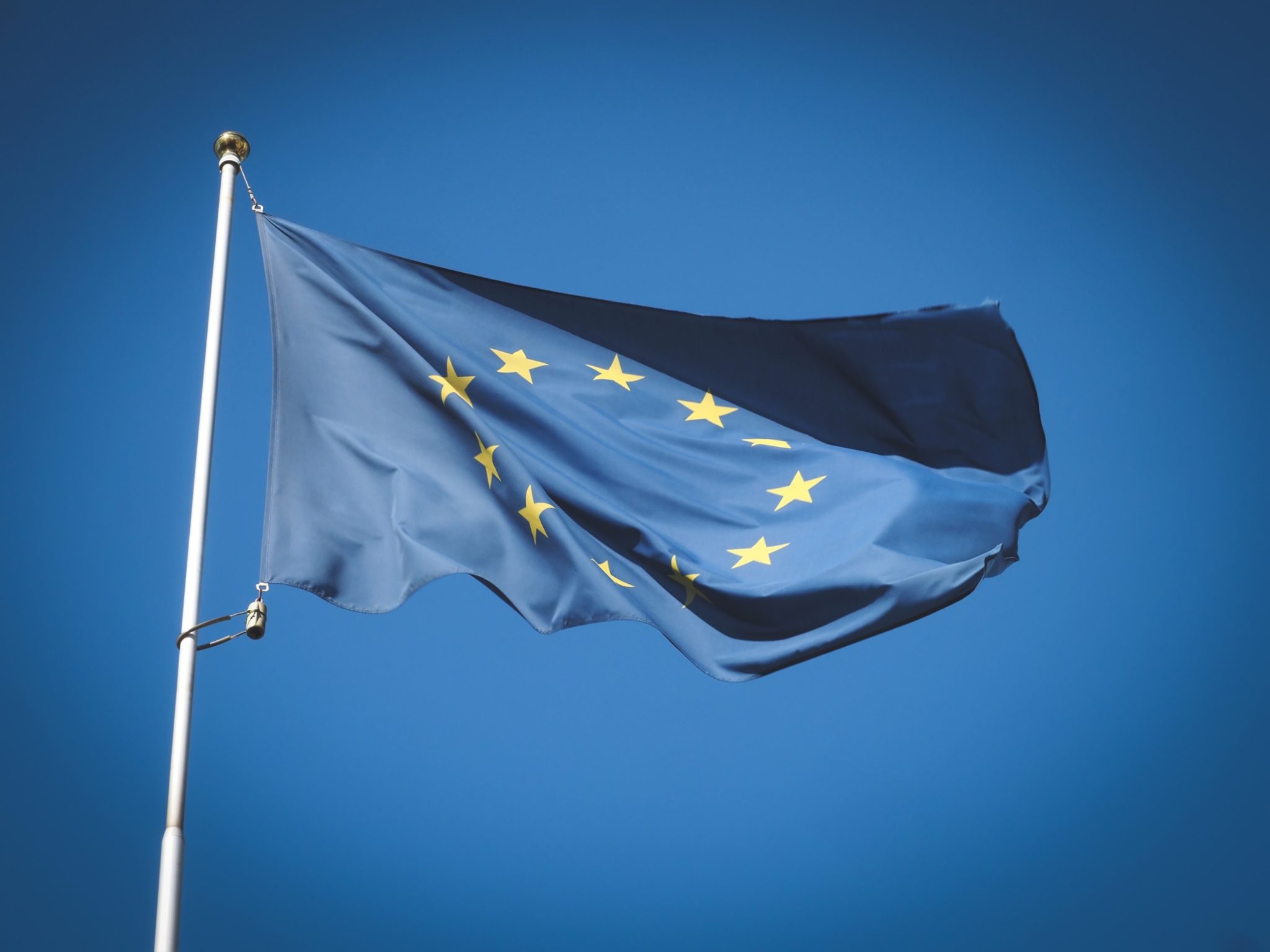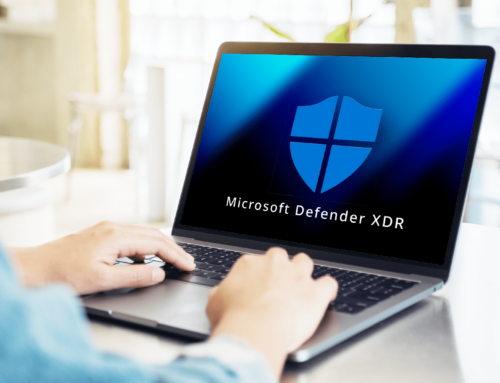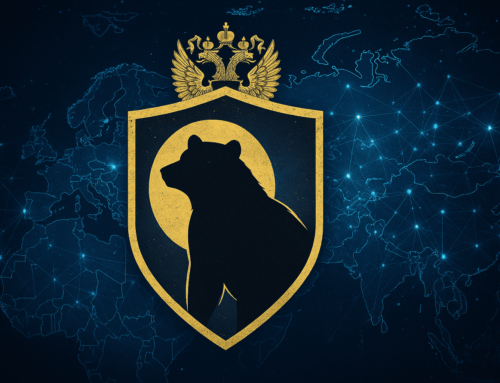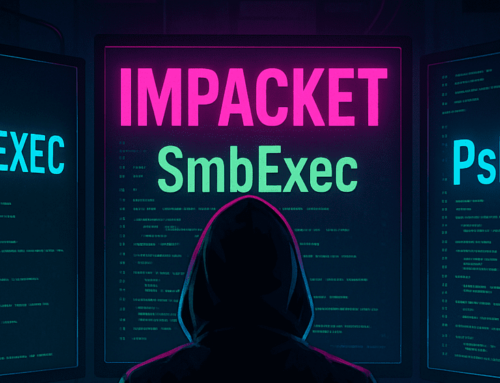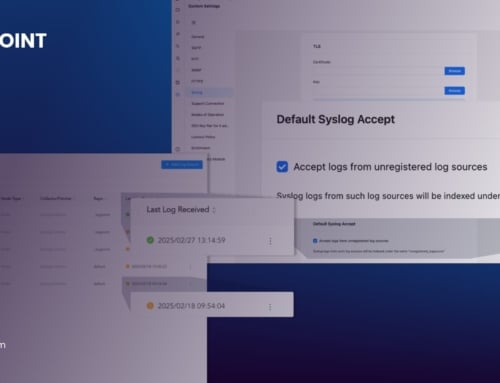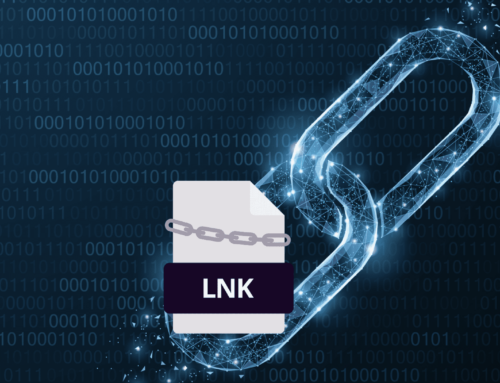NIS2 builds on the requirements of the original directive; it still aims to protect critical infrastructure and organizations within the EU from cyber threats and achieve a high level of common security across the EU.
To achieve this goal, NIS2 requires member states to take a number of additional measures, including:
- Establishing an incident response plan that coordinates with other member state plans.
- Establishing a national Computer Emergency Response Team.
- Strengthening cooperation between public and private sector entities.
- Improving information sharing between member states.
By working with member states to help them improve their defenses against cyberattacks, and by providing support and guidance to businesses and individuals, the EU is making sure that its citizens are protected from the growing risk of online threats.
Go To Section
Consequences of NIS2 Non-Adherence
The NIS2 Directive outlines clear consequences for breaches, encompassing:
- Remedies that don't involve money
- Financial penalties
- Legal repercussions
Both essential and important entities may face these consequences for lapses such as not adhering to security protocols or neglecting to report certain incidents.
Although the exact fines may differ by Member State, the Directive sets a foundational framework for administrative sanctions related to cybersecurity risk management and reporting failures.
Non-Financial Consequences
NIS2 empowers national oversight bodies with the ability to levy non-financial penalties, which include:
- Orders to comply
- Direct mandatory instructions
- Mandates for security audits
- Alerts to an entity's clientele about potential risks.
Financial Penalties Overview
The NIS2 directive clearly differentiates the financial penalties for essential versus important entities:
- Essential Entities: Member States are directed to levy fines up to the greater of €10,000,000 or 2% of the global yearly revenue.
- Important Entities: Under NIS2, the fines can reach up to either €7,000,000 or 1.4% of the annual global revenue, with the higher amount being applicable.
Core Entities (EE)
This category encompasses both public and private sector organizations operating in fields like transportation, finance, energy, water, aerospace, healthcare, public governance, and digital infrastructure.
Potential Fine: The higher of €10 million or 2% of their yearly global turnover.
Significant Entities (IE)
This group covers public and private enterprises in industries including food production, digital services, chemicals, postal operations, waste management, research, and manufacturing.
Penalty Threshold: Either €7 million or 1.4% of the total annual global revenue, whichever is greater.
Managerial Liability for Cyber Incidents
To reduce the overwhelming responsibility traditionally placed on IT departments for organizational security and shift the perception of accountability in cybersecurity, NIS2 introduces regulations to hold senior management directly accountable for significant negligence during security breaches.
Under NIS2, if gross negligence is established following a cyber-related incident, Member State authorities can:
- Mandate organizations to publicly disclose compliance breaches.
- Issue public announcements highlighting both the individual(s) and the corporate entity accountable for the breach and outlining its specifics.
- Organisations categorized as essential entities, impose a temporary prohibition on specific individuals from assuming managerial roles if violations recur.
These provisions aim to ensure top-tier management's commitment and accountability in addressing cybersecurity risks.
Logpoint, Reporting, Converged SIEM, and NIS2
SIEM solutions, such as Logpoint's Converged SIEM, are crucial for reporting for many reasons:
-
Compliance Reporting: Many industries have regulatory requirements that mandate the monitoring and reporting of specific types of security or data access events. A SIEM can help automate the collection, storage, and reporting of these events to meet compliance requirements.
-
Threat Detection: SIEM systems aggregate and correlate logs from various sources. This means they can spot patterns or trends that may indicate a security threat. These findings can then be reported to the security team for investigation.
-
Forensics and Analysis: In the event of a security incident, having a central place where all relevant logs and events are collected and correlated can be invaluable. SIEM solutions can provide reports detailing an attack's timeline, the methods used, and the extent of the damage.
-
Operational Efficiency: Regular reports can help an organization understand its security posture better. These reports can offer insights into frequently triggered alerts, false positives, system health, and other crucial operational metrics.
How to Tackle NIS2 compliance with Logpoint
-
Log Collection and Centralization: NIS2 emphasizes the importance of continuous monitoring of critical infrastructure. Logpoint can aggregate logs from various sources, creating a centralized point of monitoring. This helps organizations to promptly detect and react to potential incidents.
-
Real-time Analysis: Logpoint offers real-time analysis capabilities. This means that as logs and events come in, they're immediately processed and correlated. This capability aligns with NIS2's emphasis on real-time threat detection.
-
Incident Detection and Reporting: In the event of a security incident, NIS2 has requirements around how and when it needs to be reported to competent authorities. Logpoint's SIEM can aid in detecting these incidents, and its reporting capabilities can generate reports required for compliance, ensuring that organizations provide the necessary information to regulators in the required time frame.
-
Continuous Compliance Auditing: Organizations need to demonstrate ongoing compliance with NIS2. Logpoint can generate periodic reports that show an organization's security posture and how it aligns with the directive's requirements. This aids both internal audits and any external audits that may be required by regulators.
-
Customizable Dashboards and Reporting: Given that the specifics of NIS2 compliance might vary depending on sectors and member states, a SIEM solution offers customizable dashboards and reports. This allows organizations to tailor their monitoring and reporting to their specific needs, ensuring alignment with NIS2.
-
Forensic Analysis: If an incident does occur, NIS2 requires organizations to understand its scope and impact. Logpoint's reporting capabilities can aid in forensic analysis, providing a detailed timeline and account of events leading up to and during the incident.
UEBA Capabilities
-
- Anomaly Detection: UEBA tools analyze patterns of user behavior and compare them to a baseline. If a user (or entity) starts behaving in a way that's "out of the ordinary," it can be flagged for further review. This can be particularly beneficial for NIS2 compliance, as it can detect potential threats or security breaches before they escalate.
- Insider Threat Detection: NIS2 focuses on the protection of essential services. UEBA can help detect threats from inside the organization—malicious or accidental—which is crucial given that insiders often have access to critical systems.
- Contextual Analysis: UEBA adds context to traditional security alerts, reducing false positives and helping security teams focus on genuine threats. Given NIS2's emphasis on timely incident reporting, having fewer false alarms can ensure that teams respond more efficiently.
Automation Capabilities
-
- Automated Threat Response: SIEM solutions, can often integrate with other security tools to automate responses to detected threats. For example, if malicious activity is detected from a specific IP, the system might automatically block that IP, ensuring faster response times which is crucial for NIS2's emphasis on prompt incident handling.
- Streamlined Reporting: Automation can also streamline the reporting process. For instance, as soon as certain criteria are met (e.g., a specific kind of threat is detected), the SIEM could automatically generate and send a report to the necessary stakeholders, aiding in NIS2's stringent reporting requirements.
- Incident Management Integration: Many SIEM solutions integrate with incident management tools, allowing for the automatic creation of tickets or tasks when specific alerts are triggered. This ensures that incidents are promptly addressed, aligning with NIS2's standards for incident handling and reporting.
Integrating UEBA and automation into Logpoint's Converged SIEM solution provides organizations with a more holistic and proactive approach to cybersecurity. These capabilities not only bolster the organization's security posture but also make it more resilient and agile in adhering to the requirements of regulations like NIS2. As always, while these tools and technologies are vital, organizational processes, training, and governance remain essential components of a comprehensive compliance strategy.


